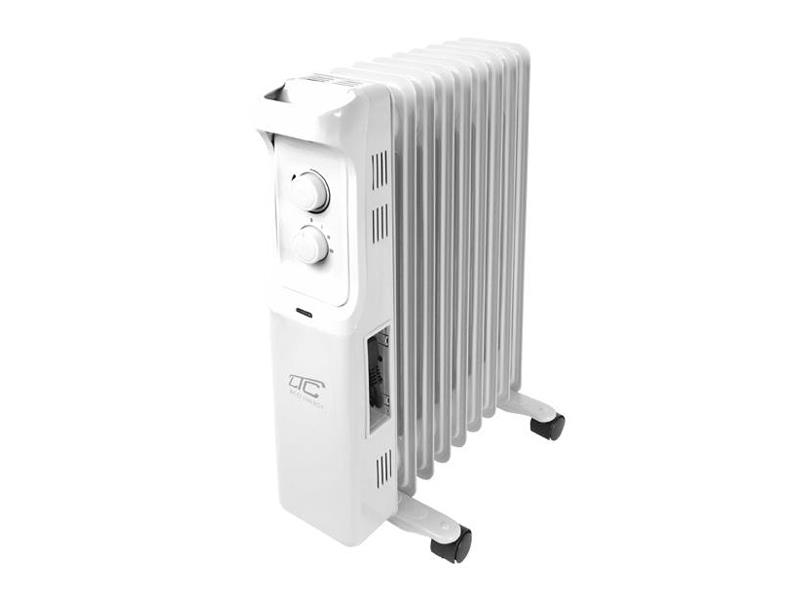oil radiator
An oil radiator is a type of electric heating device used to heat rooms. It works on the principle of heat transfer using heat transfer oil, which is heated by an electric heating element and then circulated through a radiator to transfer heat to the room. Here's a closer look at how it works, its pros and cons:

Operation:
The electric heating element heats the heat transfer oil in the radiator.
After heating, the oil circulates through the channels in the radiator, where it releases heat into the surroundings.
The heat then warms the air in the room, leading to an increase in the temperature of the room.
Advantages of an oil radiator:
Safety: Oil radiators do not have an open flame, which makes them safe for use indoors, especially in the presence of children or pets.
Even heating: Oil radiators have a greater weight of oil, which ensures a more even distribution of heat in the room.
Low energy consumption: Once the desired temperature is reached, they maintain heat longer, which can help save energy.
Simple installation: Oil radiators do not need hot water distribution or gas installation, which simplifies their installation.
Disadvantages of an oil radiator:
Slow response: Oil radiators can be slow to heat up and therefore take longer to reach the desired temperature.
More weight: Due to the oil, oil radiators have more weight, which can be a disadvantage when handling or moving.
Tanning: Oil stains may occur on the surface of the radiator, which can cause tanning and an unpleasant odor during long-term use.
Oil radiators are a popular heating solution for their advantages in safety and uniform heating of the room. However, their slower response and greater weight may be disadvantages that must be considered when choosing and using them.
